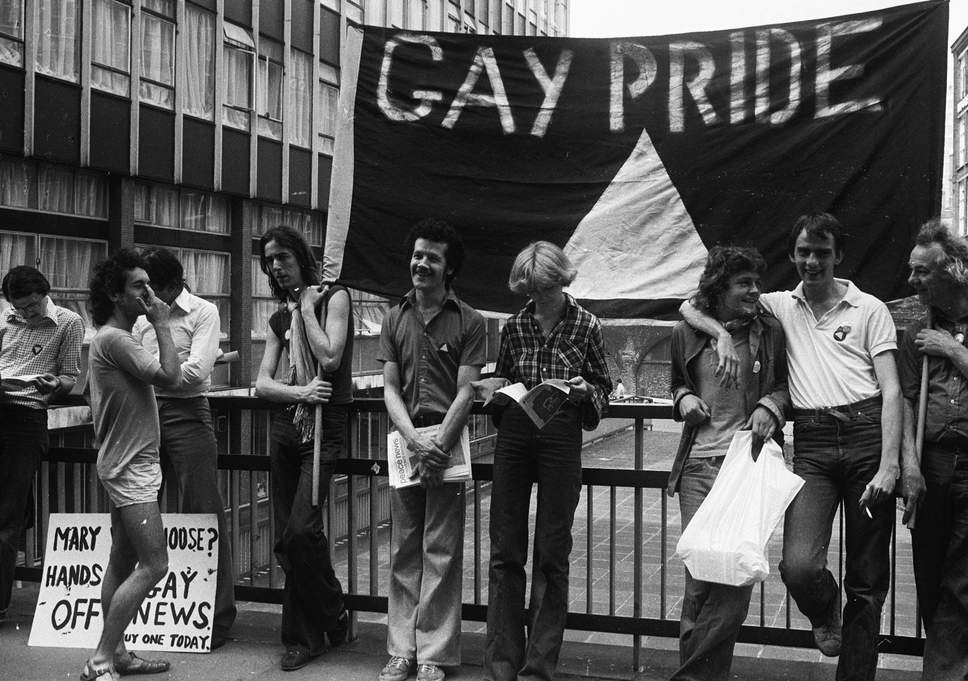Abstract: Culture and Problems faced in the drag community
The culture of Drag revolves around a lot of different aspects. Such as the community behind the Drag culture. The ballroom side of drag culture such as voguing. Even the more social issues side of the drag when it comes to race and the history behind homophobias.
What is the Culture behind Drag?
In the article Stephen Mann in 2011, the culture in the Drag community can vary in many different aspects. One aspect is about the language, such as the words and the way you carry them on stage. Usually, the language used is going to be how you get your audience attention. For example, if you come off using southern twang, you’re giving your audience a more of southern hospitality that you carry throughout the performance and that sets the mood of your performance as a whole.

What is Voguing?
The history behind voguing by Tim Lawerence in 2011 said that voguing started when African American Harlem Renaissance in New York was just getting started. It was a way African Americans do not assimilate to American society, but also it was a new start to the ballroom life in Drag. During one of the ballroom nights, one of the Queens were dancing on the floor, took out a magazine and struck a pose on the beat. Eventually, another Queen began to strike another pose back and before you know it “posing” was a new thing on the ballroom floor. Originally, it was called “posing” but then it changed to voguing because the queen was using a Vogue magazine. As time went on, many other cultures began to get incorrupted with voguing, such as African art and Egyptian hieroglyphics. Then eventually turned into the kung fu aesthetics in vogue which was inspired by Bruce Lee
https://www.youtube.com/watch?v=uzalj2e-XaE

https://www.theodysseyonline.com/strike-pose-history-art-vogueing
What were some of the racial issues faced in the drag community?
When performing drag Rhyne stated in 2008 that it is common to present one’s self as authentic as possible. Although when one is presenting themselves as authentic there are some underlying issues that many people may not have thought about when performing drag. Such as the underlying issue about performance as a race and gender. The ideology about whiteness in drag is an underlying topic that many people don’t talk about. Such as how many drag queens portray themselves as a white female which adds some contradictory in the community. Or how many minorities also began to portray themselves as white instead of their own ethnicity. Just like how it was mentioned in the Paris is Burning film.

https://www.grizzlykiki.com/podcast/the-vixen
Issues that were also faced in the community
An important part of drag culture by Sullivan in 2008 is the history of homophobia that the community faces. Such as the strong hatred that many transgender and drag queens face and always dealing with life and death. “Most of the prewar history has been forgotten because of a societal backlash that began in prohibition and continued throughout the 1950s. Drag balls were canceled, plays and films were censored, and a host of laws and regulations were enacted prohibiting homosexuals from being served or even working in restaurants, bars, and clubs (Sullivan, 2008)”.


Want to learn more? Here is some more information
- https://www.tandfonline.com/doi/abs/10.1080/00918369.2014.865464
- https://journals.sagepub.com/doi/abs/10.1177/1363460709352725
- http://web.a.ebscohost.com/ehost/detail/detail?vid=0&sid=00e1486e-7305-46d7-9ef0-0b728ed2b6f9%40sessionmgr4008&bdata=JnNpdGU9ZWhvc3QtbGl2ZSZzY29wZT1zaXRl#AN=113275733&db=ulh
The history of drag speaks for itself. Through all the difficulties and memorable moments, one is able to see the transformations that a lot of drag artists have undergone. Now a day, a lot of people like myself never really bother to look into what drag is all about. They may watch RPDR, or some other drag media performance and think they know what drag is, but in all reality, it’s the history that educates people! I’m so glad you carried out this research topic as it was important then, but more so now to understand drag and where its roots came from. Great visuals!
Great post! I believe in order to get the full picture of what drag is, you must look at the history and what these queens have faced over time. Looking at it from a prohibition perspective was really interesting, I’ve never thought about it like that.
I loved the section on vouging, especially with the media included in the section. The Aja performance was very cool. I also found the fact that minorities present themselves as white when in drag to be really interesting. In a community that is meant to let you embrace who you are, it’s upsetting that some queens feel the need to chance something so fundamental to their life experiences. A very informative read!
For a person who has never heard of drag in her entire life until now, THANK YOU. It is really important to know the history and the roots of the community, of the beginnings of drag if you want to be able to understand how it has evolved today. One thing that stood out to me is that you said “.. many minorities also began to portray themselves as white instead of their own ethnicity.” Now, that you mention it, I see that a lot when I look up drag queens. I hope more drag queens start to embrace their own ethnic culture. It would really spice things up!